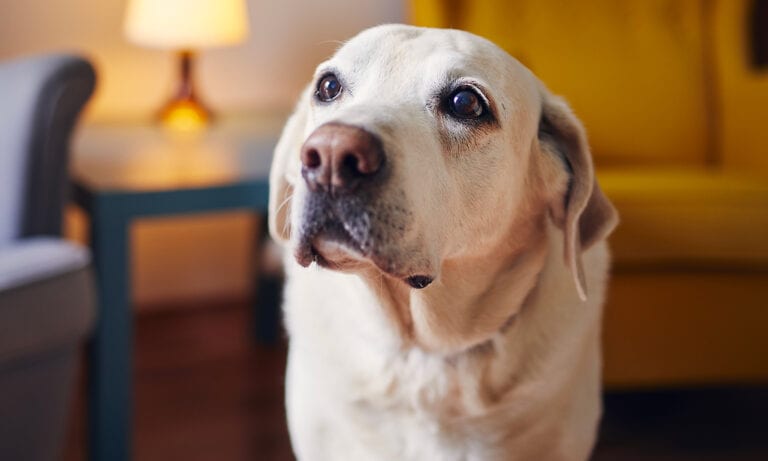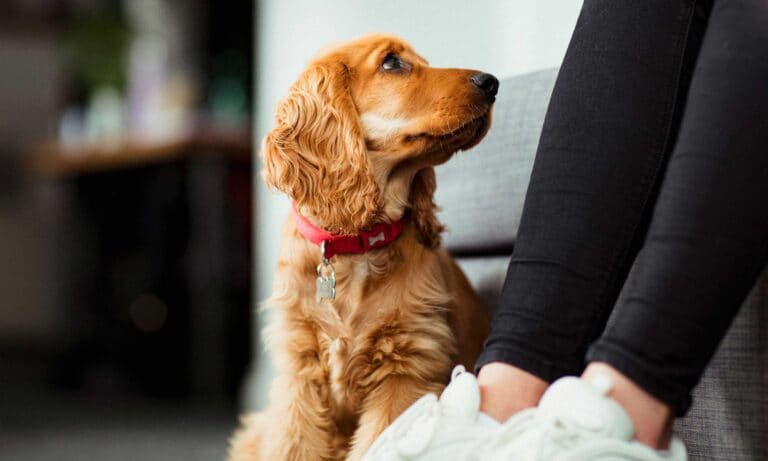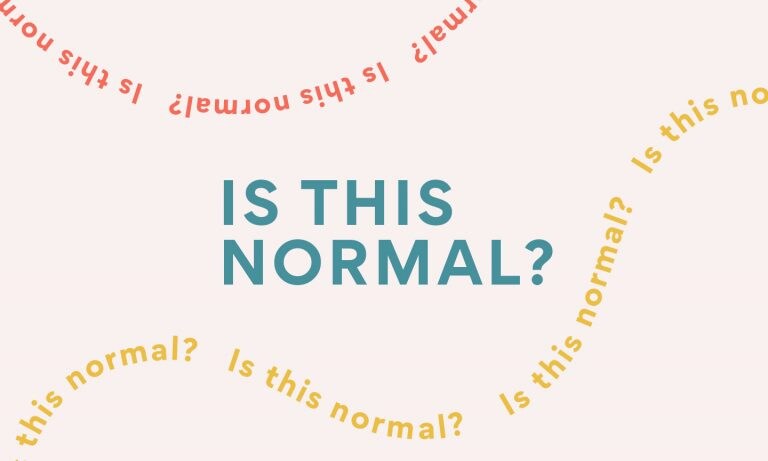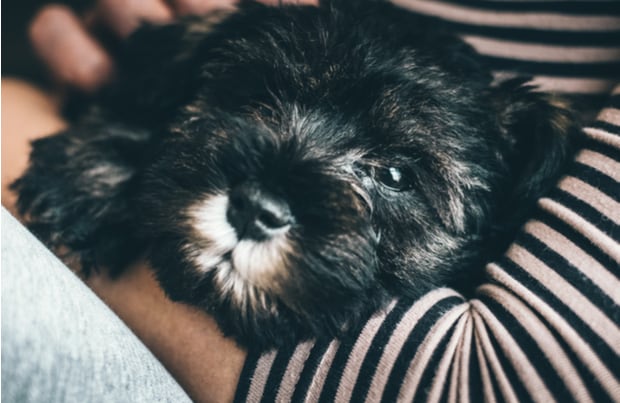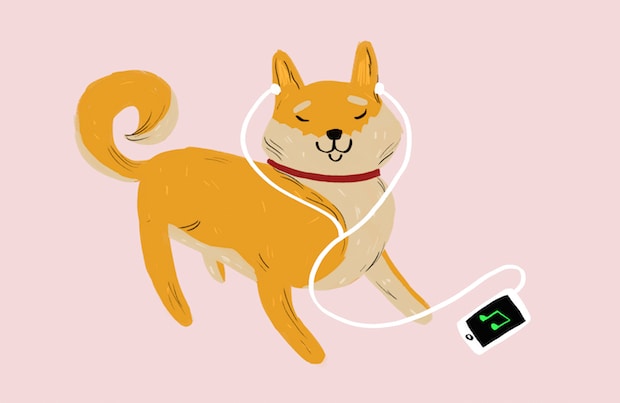You’ve probably seen videos of guilty dogs surrounded by their spoils of victory; the ripped up bags ofdog treats, destroyed pillows and ransacked cupboards. The dogs seem to know that they’ve done something awful, and react with sad faces as their human chastises them on camera. These guilty dogs are very clearly telling their people, “Whoops, so sorry for that! I’m the worst!”
Or are they?
Despite how convincing the guilty “I’m sorry” responses might seem, the dogs in the videos are actually reacting to their human’s tone of voice and body language. Even though dogs are emotionally complex creatures, they just don’t share our nuanced value system about the types of behaviors that cause guilt and shame, so the theatrics are less about moral shortcomings and more about trying to keep the peace with their angry human caretakers.
Our dogs offer certain guilty looking postures hoping that we’ll calm down and stop acting upset. What’s unfortunate, though, is that we’ve come to interpret these postures as admissions of guilt when, in reality, you can get your dog to give you a guilty look just by saying “What did you do?” in an angry tone of voice (but please don’t try this at home).
So, what are the behaviors that dogs offer that look like apologies for doing something naughty, and what do their behaviors actually mean?
Sad Eyes
“Puppy dog eyes” are heartbreaking, but when you consider some of the real reasons why dogs are displaying them, you might feel even worse. If a dog is turning his head away but keeping his gaze on you so that you can see the whites of his eyes “half mooning” at the bottom of the eye, it probably means he’s feeling incredibly stressed or anxious about what’s going on. In this instance, what we see as “I’m sorry” is much more, “what’s happening is uncomfortable and I can’t bear to face it head on.”
Smacking Lips
Many of the guilty dog videos feature dogs that have eaten contraband food, and the lip licking they do as their owner scolds them while holding the empty package as evidence almost looks like the dog is relishing the memory of the goodies. However, this kind of flicking tongue, also called “lizard tongue,” is a typical “calming signal” that dogs exhibit when feeling stressed or when trying to deescalate a tense situation. Lip smacking is a very common reaction to scolding; in fifteen short “guilty dog” videos, fourteen of the dogs licked their lips when questioned by their human.
Hunched Over Body and Tucked Tail
A dog that sinks his shoulders to the ground, curves his back so that he’s almost comma-shaped, raises a paw and tucks his tail is very clearly using his entire body to say “I’m nervous by what’s happening.” This posture is considered an appeasement signal, which means that dogs in this submissive pose are attempting to pacify their people to prevent further escalation or punishment.
Head Down and Avoiding Eye Contact
In many of the videos the person tells their dog, “look at me,” and the dog looks away as if he can’t bear to even glance at his person because of his overwhelming guilt. The dog turns his head and lowers it, and looks everywhere but directly at his person. However, this isn’t a gesture of atonement, it’s stress. By looking away, the dog is trying to communicate that he’s nervous about the person’s reaction, and is responding in dog language to please take it down a notch.
Submissive Grin
In a submissive grin, the dog pulls back his lips so that his front teeth are exposed, which looks like a cross between a smile and a snarl. It’s a less common way that dogs who are being scolded try to get their people to understand that they’re not a threat. The submissive grin is often accompanied by lip licking and squinty eyes, as if the dog staring into the sun. This expression is unlike other “guilty” looks because the dog usually looks directly at the person as he exhibits it.
Showing Belly
Some dogs respond to their scolding human by flopping onto their back and offering their stomach, usually with a rapidly wagging tail and curved front paws. It might look like a request for a belly rub, but it’s yet another submissive pose in which the “guilty” dog attempts to pacify a human who is clearly unhappy. This deferential position is an obvious attempt to defuse a tense situation.


Victoria Schade is a dog trainer, author & speaker who has contributed to The Washington Post, Martha Stewart, and other publications.
Share:


